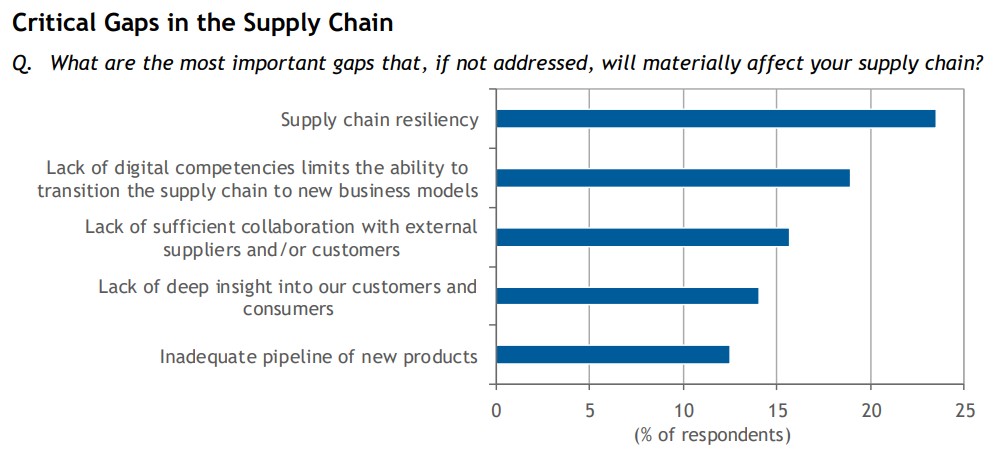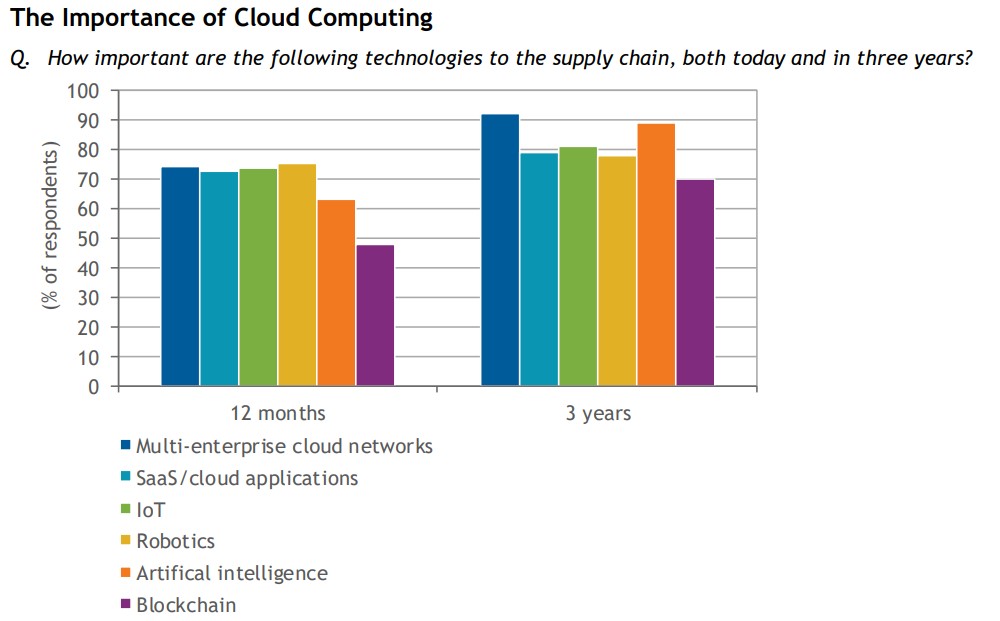Chapter #9
Inventory Management Statistics 2023 in Malaysia
In this chapter, we have collected the most important and latest Inventory Management statistics in 2023 for you to learn more about inventory management.
Try Microsoft Dynamics 365 ERP & CRM Applications for your business.










